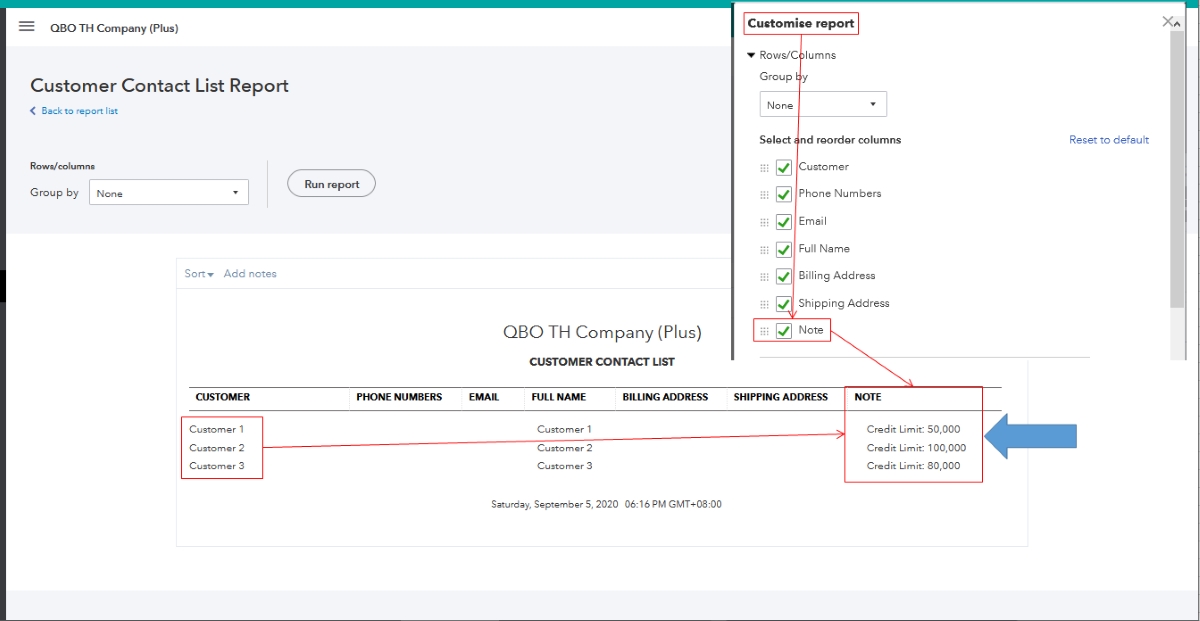Home>Finance>Barra Risk Factor Analysis: Definition, How It’s Used, And History


Finance
Barra Risk Factor Analysis: Definition, How It’s Used, And History
Published: October 14, 2023
Learn the definition, usage, and historical significance of Barra Risk Factor Analysis in finance. Gain valuable insights on this powerful tool.
(Many of the links in this article redirect to a specific reviewed product. Your purchase of these products through affiliate links helps to generate commission for LiveWell, at no extra cost. Learn more)
Barra Risk Factor Analysis: Definition, How It’s Used, and History
Finance is a vast and complex field that encompasses various strategies and methodologies to manage and mitigate risks. One such method is Barra Risk Factor Analysis, a powerful tool used by financial professionals worldwide. In this blog post, we will explore the definition of Barra Risk Factor Analysis, how it’s used in the finance industry, and its fascinating history. So, let’s dive in!
Key Takeaways:
- Barra Risk Factor Analysis is a popular risk management tool used by financial professionals.
- It helps investors evaluate and understand the impact of different factors on an investment’s performance.
What is Barra Risk Factor Analysis?
Barra Risk Factor Analysis, developed by Barra Inc. (now part of MSCI Inc.), is a quantitative method used to assess and analyze the risk and performance of investment portfolios. It involves identifying and measuring various risk factors that influence the returns of different assets, such as stocks, bonds, or other financial instruments.
This methodology classifies risk factors into different categories, including market risk, interest rate risk, credit risk, currency risk, and more. By quantifying the exposures to these factors, investors can gain insights into the potential risks associated with their portfolios.
How is Barra Risk Factor Analysis Used in the Finance Industry?
Barra Risk Factor Analysis is extensively used by portfolio managers, risk managers, and investment professionals to make informed investment decisions and construct well-diversified portfolios. Here’s how it’s used in the finance industry:
- Risk Assessment: Barra Risk Factor Analysis helps investors understand the risk exposures of different assets and evaluate their impact on portfolio performance. This enables them to assess the risk-return tradeoff and adjust their portfolios accordingly.
- Portfolio Construction: By incorporating Barra Risk Factor Analysis, investors can build portfolios that are optimized for specific risk factors. This allows them to align their investments with their risk preferences and investment goals.
- Performance Attribution: The analysis helps identify the key drivers behind portfolio performance, allowing investors to assess the contribution of each risk factor to overall returns. This helps in evaluating investment strategies and making data-driven decisions.
The History of Barra Risk Factor Analysis
The story of Barra Risk Factor Analysis began in 1975 when mathematician Andrew Rudd and economist Peter Bernstein founded Barra Inc. Their aim was to develop a systematic approach to assess and manage portfolio risk and performance. Over the years, Barra Risk Factor Analysis gained immense popularity in the finance industry due to its effectiveness in risk management and portfolio optimization.
In 2004, MSCI Inc. acquired Barra Inc. and integrated their expertise into its suite of financial tools and services. Today, Barra Risk Factor Analysis continues to be widely used in investment management firms, banks, and other financial institutions worldwide, helping professionals make better-informed investment decisions.
Conclusion
Barra Risk Factor Analysis is a powerful tool that has revolutionized risk management in the finance industry. It enables investors to identify and quantify the impact of various risk factors on their portfolios, helping them make informed investment decisions. By understanding the definition, use, and history of Barra Risk Factor Analysis, investors can leverage this methodology to optimize their portfolios and achieve their financial goals.














